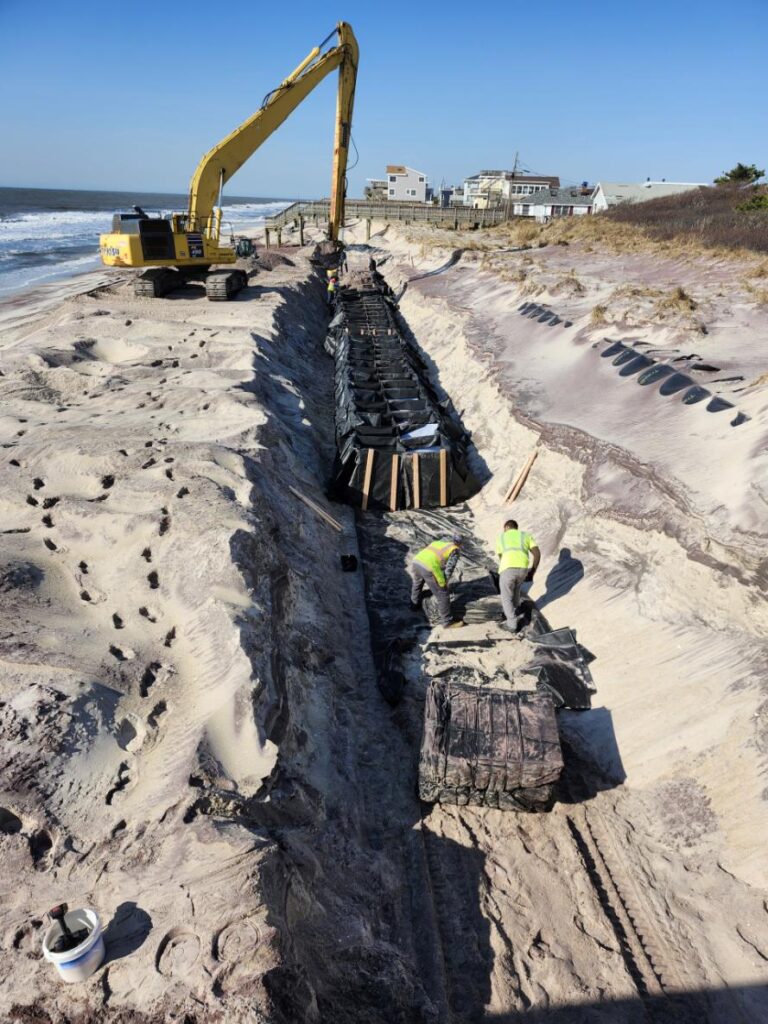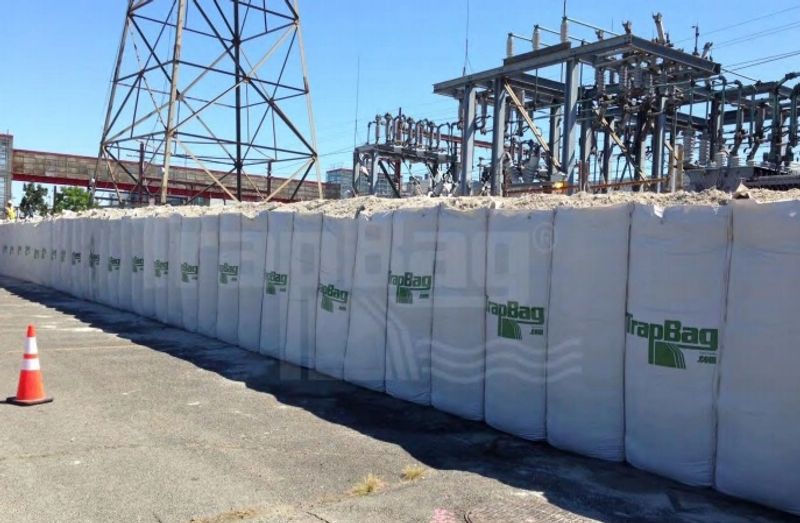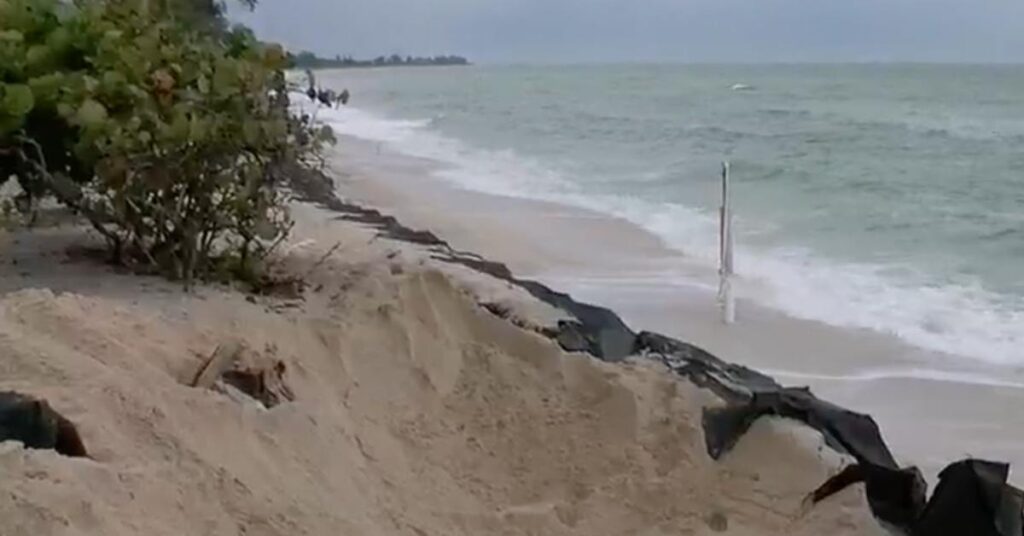How TrapBags Are Used as Coastal Flood Prevention Barriers
TrapBag barriers are ideal for preventing coastal beach erosion and flood damage, both from standard wave action and during storms. They’ve become a coastal protection tool that engineers and infrastructural designers rely upon for their most critical projects.
These are some of the ways coastal engineers have used TrapBag to address problems with critical infrastructure in coastal areas.
Water Construction
Aquatic construction on harbors, marinas, docks, and piers requires coastal engineers to utilize water barriers to keep construction areas dry. TrapBag can serve as the basis for multiple types of water barriers, including retaining walls, detention ponds, berms, cofferdams, and more.
Learn More »Seawall Alternatives
Seawalls are essential for protecting coastal areas from major flooding events. However, traditional concrete or stone seawalls can be prohibitively expensive to install—especially on relatively short notice.
For coastal areas that need a temporary solution to protect their beaches, coastal wetlands, natural habitats, and residential or commercial areas, TrapBags are a cost-effective alternative to seawalls. They provide durable, long-lasting protection in the face of tropical storms or hurricanes.
Learn More »Coastal Infrastructure Protection
Municipalities spend hundreds of thousands or even millions of dollars constructing infrastructure to serve their communities along coasts and shorelines.
Coastal engineers are often brought in on these projects to provide essential coastal flood protection methods. TrapBag is an essential part of this process, as it can provide protection during the construction process to keep highways, sewer systems, and water lines safe during coastal flooding events.
Learn More »TrapBag’s Solutions to Coastal Flooding & Erosion Control
TrapBag was originally designed as a flood barrier system. It’s been trusted by coastal engineers for years to prevent beach and coastal erosion for years and keep water away from where it doesn’t belong. Some of the reasons coastal engineering experts trust TrapBag for shoreline protection from flood damage include:
-
Easier to fill/less labor: It takes dozens of people hours or even days to build a traditional sandbag barrier along the coast. However, a team of two people and a third person operating a skid steer or other heavy equipment can assemble a TrapBag barrier within a few hours.
-
Uses less material: Compared to a similarly sized wall of stacked sandbags, a TrapBag barrier uses 40% less fill material with more durable results. A single 100-foot section of 4-foot tall TrapBags replaces roughly 8,000 sandbags.
-
More durable: Traditional sandbag barriers have a higher margin of error during the building process, which makes them more prone to collapsing. However, TrapBag barriers can hold back thousands of gallons of water and stay standing strong through any project.
Why Choose TrapBags for Coastal Engineering?

-

Versatility
No matter which type of coastal erosion control method you need, TrapBag can reinforce it or serve as a standalone barrier. Coastal engineers all over the country and world have relied on TrapBag as a seawall, flood barrier, dune core stabilizer, and cofferdam for years.
-

Speed
Compared to other traditional floor barriers, TrapBag can be deployed in a fraction of the time, with a lot less manual labor. A crew of three people and an excavator or skid steer can assemble a TrapBag flood barrier with multiple layers in a matter of hours, compared to the same job requiring multiple days and dozens of people filling sandbags or flood bags.
-

Reliability
TrapBag is an ideal solution for coastal erosion control because it doesn’t give way as easily as other types of barriers when you’re counting on them the most. It provides a 3:1 (mass to hydraulic load) safety factor that allows it to withstand some of the worst storm surges nature can produce.
The U.S. Army Corps of Engineers has successfully tested it for coastal flood protection during catastrophic scenarios. Therefore, it can uphold the water retention requirements for practically any temporary coastal engineering project.



